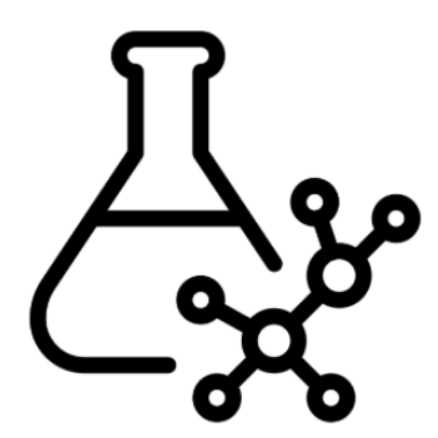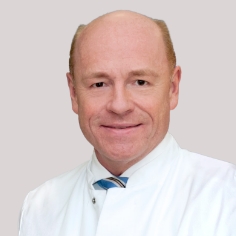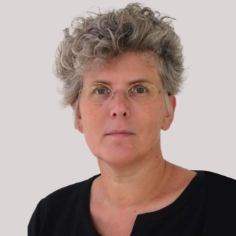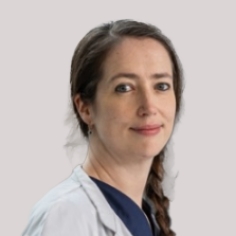The future
of
corneal treatment

the benefits of EndoArt®

Available
EndoArt® is the first ever synthetic implant to treat corneal edema and improve vision. The EndoArt® is instantly available with 3 years of shelf life.
No Donor Required
EndoArt® eliminates the need for human donor tissue entirely.
Shorter Surgery Time
Performed under sedation, the procedure takes only 30-40 minutes.

No Rejection Risk
EndoArt® is made of a sterile biocompatible material, acrylic hydrophilic like many IOLs in the market. The EndoArt® is inherent to the human tissue.

Fewer Medications
Compared to traditional treatment and with no risk for disease transfe
EndoArt® Patient Selection Guide:
7 Clinical Profiles
Surgical Procedure Steps

Step 1
Remove the Cap and carefully extract the EndoArt® from its protective cage.

Step 2
Implant the EndoArt® using a technique similar to Descemet Membrane Endothelial Keratoplasty (DMEK).

Step 3
Attach and secure the EndoArt® to the posterior surface of the cornea using a gas bubble and sutures to ensure stable and centred positioning.

Step 4
The EndoArt® functions as a passive barrier to fluid while permitting peripheral nutrient exchange. This enhances corneal clarity and helps reduce patient pain.

Leading experts worldwide trust EndoArt®








EndoArt® FAQ's
How long does the EndoArt® procedure take?
The EndoArt® procedure takes 30-40 minutes but can be longer in complex eyes. During this
time the EndoArt® is positioned, and a stitch placed to suspend the device following which the
front compartment of the eye is filled with a gas bubble, to press and hold the EndoArt® into
place. The gas may subsequently be refilled in the clinic if the device is not fully attached in
the first week. A bandage contact lens is placed on the eye and remains in place for 3 months
following surgery.